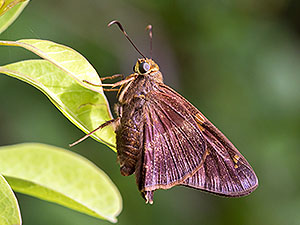Timuca Heart Lichen (Cora timuca)
This conspicuous macrolichen species was described in 2020 on the basis of herbarium material that had mainly been collected at the end of the 19th century; some, however, were collected in the second half of the 20th century, the last one apparently in 1985.
The species was apparently usually found in sand pine scrub in Florida; however, no recent localities are known and all recent surveys didn’t manage to find any trace of this species.
The Timuca Heart Lichen is now most likely extinct. [1]
***
The photo below shows another congeneric species that was photographed in Mexico.
*********************

Photo: Gustavo Herrera
https://www.inaturalist.org/people/lucianito
https://creativecommons.org/licenses/by-nc/4.0/
*********************
References:
[1] Robert Lücking; Laurel Kaminsky; Gary B. Perlmutter; James D. Lawrey; Manuela Dal Forno: Cora timucua (Hygrophoraceae), a new and potentially extinct, previously misidentified basidiolichen of Florida inland scrub documented from historical collections. The Bryologist 123(4): 657-673. 2020
*********************
edited: 05.02.2024



